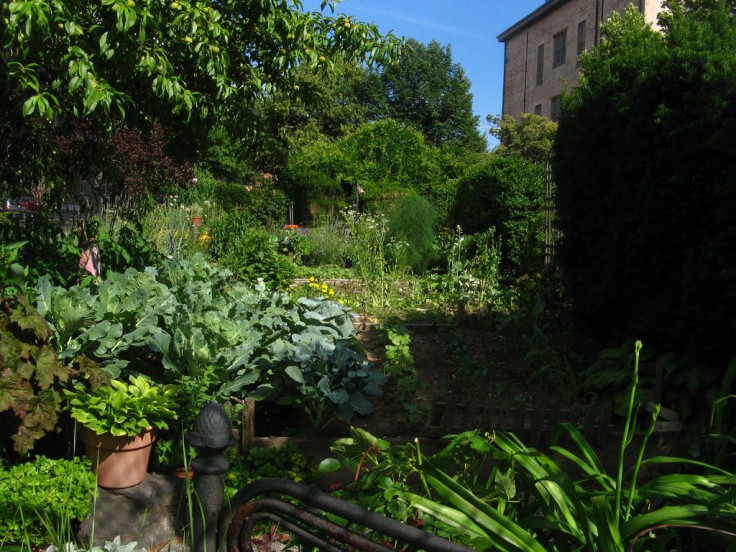Lower Weights, Body Mass Index Found Among Community Gardeners

Gardeners run the gamut from the scruffy hemp-clad grower to the trowel-wielding sexagenarian in clogs and sunhat, but they share a love of moist soil, fertilizer, and home-grown basil. And never the twain shall meet unless they work together at a community garden.
Researchers say gardeners of all kinds also tend to share one important trait: a significantly lower body mass index. While naturally the focus on consuming locally-grown vegetables confers a health benefit, the avocation lends itself to hard, outdoor work, and health benefits are more pronounced in those working in community gardens.
Researcher Cathleen Zick, professor of family and consumer studies at the University of Utah, found much lower BMIs among users of community gardens. She and her colleagues studied three groups, including unrelated neighbors; people likely to share similar physical environments as well as socioeconomic status. The second group included same-sex siblings, those who would likely share genetic propensities for weight and family habits pertaining to diet and exercise. The third group was comprised of married spouses of the gardeners, chosen because they'd likely share lifestyle and dietary choices, including the produce from the community garden.
In the study, women who worked in community gardens had an average BMI 1.84 points lower than their neighbors, amounting to an 11-pound weight difference for a woman of average height. For men, the BMI difference was even more pronounced, with a 2.36-point lower rate for community gardeners at an average of 16 pounds lighter. Published in the American Journal of Public Health, the study also found gardeners much less likely to be overweight or obese, with a 46 percent lower rate for women and a 62 percent reduction for men.
Across much of the country, April marks the official start of the summer gardening season, as home and community gardeners seed and transplant into freshly tilled soil. In Philadelphia, community gardeners continue work on some 1,200 parcels of land, with 200 gardens and small-scale farms in mixed-use commercial areas. The city is home to one of the country's largest urban gardening efforts.
To the north, in Manhattan's East Village, gardener Beverly McClain works a community garden that was an abandoned lot just eight years ago. Rather than carving the land into separate plots, the residents decided on a more benign and socially responsible form of "share-cropping": the community garden.
"I liked that people could just show up and join the garden, as opposed to being on a wait list," McClain said.



























